#dead sea
Explore tagged Tumblr posts
Text
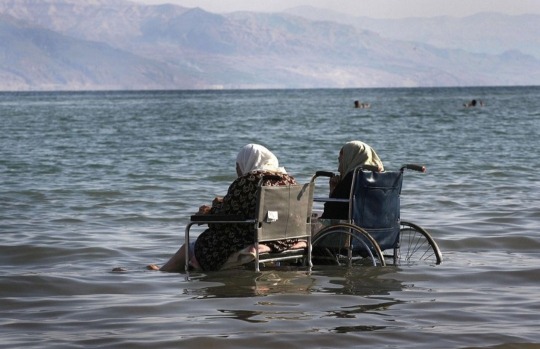
Elderly Palestinian women sit in wheelchairs as they enjoy the waters of the northern part of the Dead Sea in West Bank, Palestine. Photographed by Menahem Kahana, 2008.
#menahem kahana#palestine#palestinian history#west bank#dead sea#street photography#portrait photography#ph
12K notes
·
View notes
Text
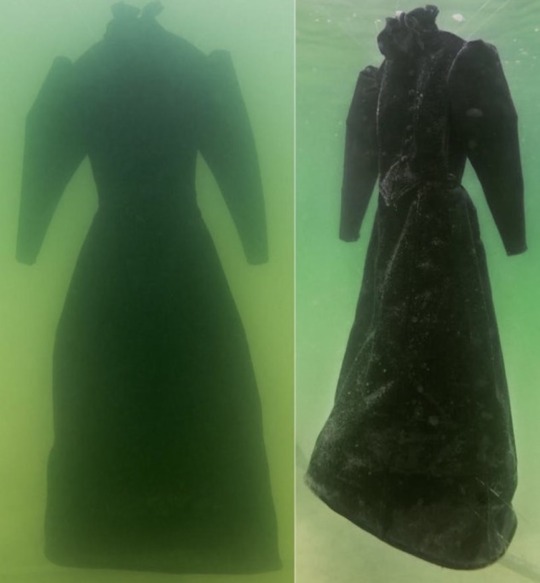

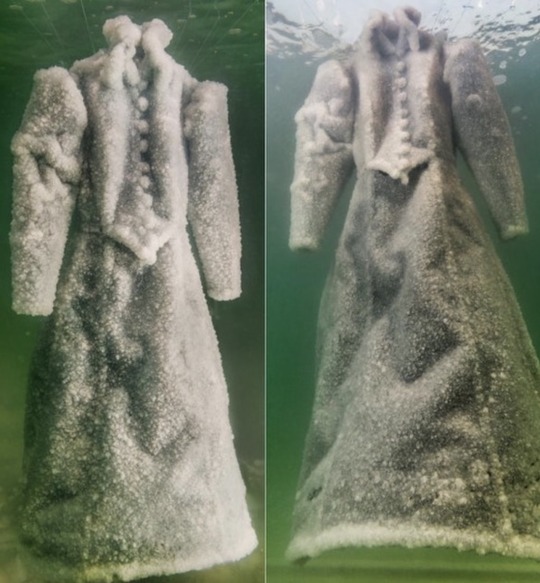
Sigalit Landau created this art piece by submerging a traditional 19th-century black wedding dress into the Dead Sea which became gradually crystallized over the span of two months (2014).
5K notes
·
View notes
Text


LMAO, this dude just like works a desk job???
#He just tippy tappy too tahs all day?#Unjams printers??? Complains at the water cooler???#I mean as someone with a desk job I understand he could be doing all sorts of work for Legion#But I jusy find the thought really funny#Mundernity in the Apocalypse#Legion Posting#fallout new vegas#fnv#Dead Sea#?#caesars legion
167 notes
·
View notes
Text

😘
#nico di angelo#percy jackson#percico#niercy#percy jackon and the olympians#Percy x Nico#percy jackson and the olympians#pjato#pjo#Percy pjo#Nico pjo#Dead Sea#procreate#digital#digital art#digital illustration#digital drawing#FMA-Al-Lover#Blue-Gold-Demigod-Clouds#myart#my art
87 notes
·
View notes
Text
Missing traveling and seeing my beautiful country. </3
#israel#travel#nature photography#photography#nature#beautiful nature#nature beauty#beautiful#gorgeous#travel videos#dead sea#haifa#jerusalem#tel aviv#eilat#hermon#negev#mediterranean#mediterranean sea#sea of galilee
275 notes
·
View notes
Text


The Dead Sea // Jordan
Tumblr | Instagram | Society6
#yes you do float#it's great but make sure not to shave a few days before!#dead sea#jordan#asia#middle east#travel#wanderlust#nature#sunset#seascape#photographers on tumblr#original photographers#original photography#landscape#canon photos#canon photography
30 notes
·
View notes
Photo
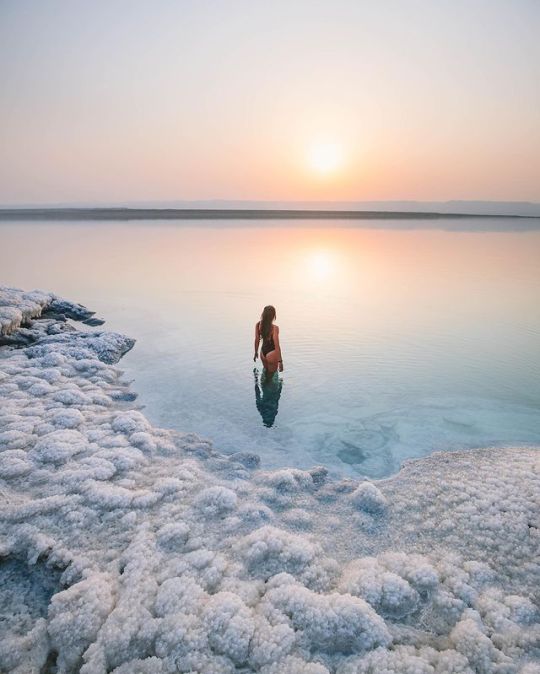
wanderlust ➵
via instagram
552 notes
·
View notes
Text
boo, here comes this guy with another post.
compiled art of deadsea (lew and maruu duo) for the past week or so :3


(song: The Water is Fine - Chloe Ament)

cyberpunk style au

unspecified au (mostly just wanted to jolt down designs)
that's all for now, but i've got some more cooking up in my head, so stay tuned !!
and prepare.
(for those curious [mostly irls wondering who the fuckers i can't shut up about are] deadsea is @driflew / @liloinkoink and @xmaruu11 :3
80 notes
·
View notes
Text

dawn
Salton Sea
©Cpleblow photography (2016)
91 notes
·
View notes
Text



#salty#pretty rocks#dead sea#israel#photography#my photgraphy#art#beige tones#grey tones#aesthetic#nature#naturecore#sea water#beach
19 notes
·
View notes
Text
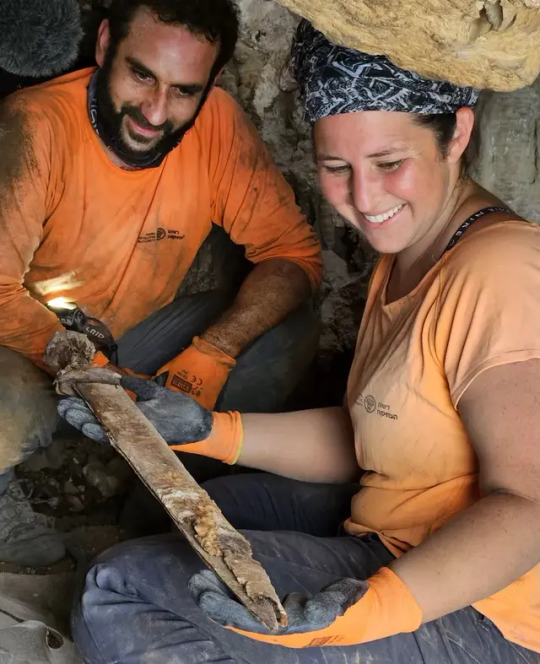
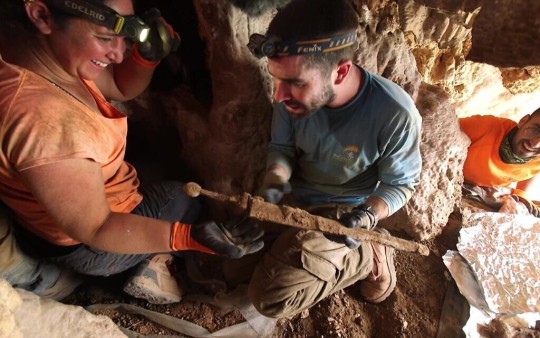
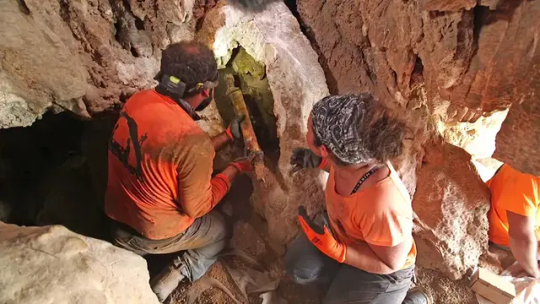
Four 1,900-Year-Old Roman Swords Found in a Judean Desert Cave
Apparently stolen by Jewish rebels, the incredibly well-preserved weapons are ‘an extremely rare find, the likes of which have never been found in Israel’
Archaeologists have discovered four 1,900-year-old Roman swords in a cave in the Judean Desert, which experts believe were captured by the Judean rebels during the Bar Kochba revolt and placed in a narrow crevice in the rock.
“We’re talking about an extremely rare find, the likes of which have never been found in Israel,” Dr. Eitan Klein, one of the directors of the Israel Antiquities Authority’s Judean Desert Survey, said in a video accompanying the announcement of the discovery. “Four swords amazingly preserved, including the fine condition of the metal, the handles, and the scabbards.”
The preliminary article on the swords is published in the volume “New Studies in the Archaeology of the Judean Desert: Collected Papers,” which explores new archaeological finds discovered in the Judean Desert Survey Project. A conference launching the book is taking place Wednesday in Jerusalem.
The four swords were discovered shoved into a small fissure in a cave near Ein Gedi National Park, near the Dead Sea. The cave is already well-known to archaeologists, as it contains a stalactite with a fragmentary ink inscription written in ancient Hebrew script characteristic of the First Temple period.
Recently, Dr. Asaf Gayer of Ariel University, geologist Boaz Langford of Hebrew University, and Israel Antiquities Authority photographer Shai Halevi returned to the cave to photograph the stalactite with multispectral photography, which can decipher additional parts of the inscription not visible to the naked eye. While inside the cave, Gayer spotted an extremely well-preserved Roman pilum — a shafted weapon — in a deep, narrow crack in the rock. He also found pieces of carved wood in an adjacent niche that turned out to be parts of the swords’ scabbards.

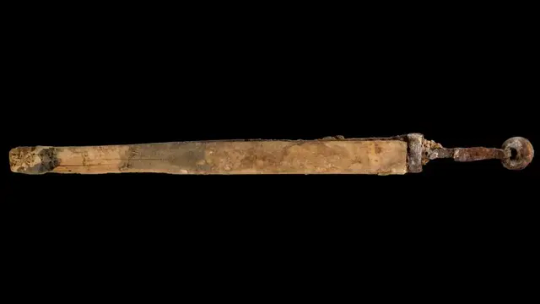

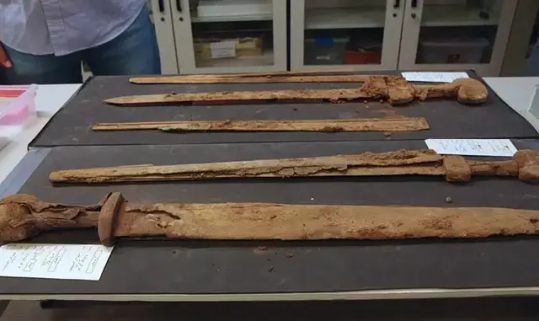

The researchers reported the find to the Israel Antiquities Authority and returned to the site with the Judean Desert Archaeological Survey Team, which is conducting a multi-year comprehensive survey of more than 800 caves in the Judean Desert to find and preserve archaeological remains before they are looted.
It was then that they discovered the four swords, three of which were found with the blades still inside their scabbards. Researchers also found ornate handles made of wood and metal with leather strips nearby. The arid climate in the Judean Desert helps preserve fragile artifacts that might otherwise be lost to the ravages of time, including materials such as leather and wood, which are rarely found in wetter parts of the country.
Three of the swords are Roman spatha swords, with blades 60 to 65 centimeters (23.5 to 25.5 inches) long. The fourth weapon, a ring-pommel sword, is shorter, with a 45-centimeter (18-inch) blade. The swords likely belonged to Roman soldiers and were stolen by Judean rebels who hid them in a cave either for later use or to avoid being caught with them.
“The blades have been preserved so well, they look like they could be picked up and used right now, even 2,000 years after they were forged,” said Langford. “You just realize that you are touching history, because here you are touching a find whose story you know.”
The Bar Kochba revolt, from 132 to 135 CE, also called the Second Jewish Revolt, was a Jewish rebellion against Roman rule in Judea led by rebel leader Simon Bar Kochba. Archaeologists believe the swords were likely hidden in the crevices inside the cave sometime during the revolt, as it was dangerous for Jews to be found with Roman weapons.
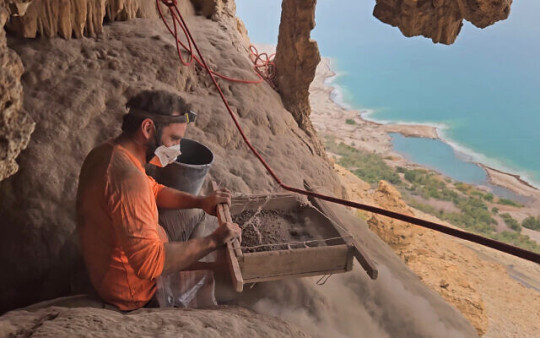
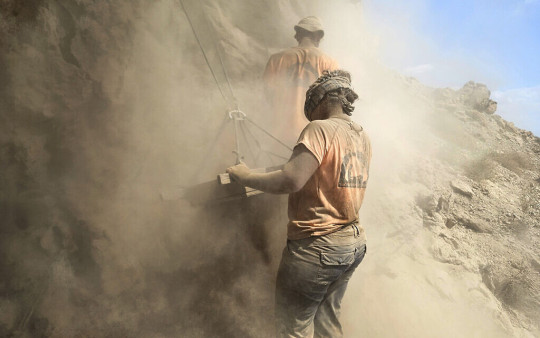

“This is a very rare and unique find on an international level that will shed light on the last moments of the war between the Jewish rebels and the Roman army at the time of the Bar Kochba revolt,” said Klein.
‘A unique time capsule’
The cave survey is being undertaken by the IAA in cooperation with the Archaeology Department of the Civil Administration in Judea and Samaria, and has been funded in part by the Ministry of Jerusalem Affairs and Heritage. Each body allocated about a third of the project budget.
Earlier this year, archaeologists carrying out the Judean Desert cave surveys discovered a rare half-shekel coin minted by the Bar Kochba underground economy.
The cave survey started in 2017 and helped archaeologists discover at least 20 new caves they had not previously known. In 2021, archaeologists announced that one of the caves contained previously undiscovered fragments of the Dead Sea Scrolls, some 60 years after the last pieces of the Dead Sea Scrolls were discovered.
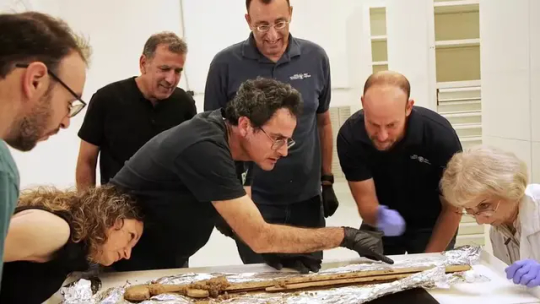
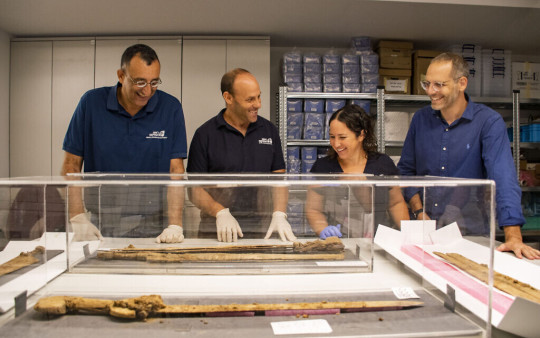
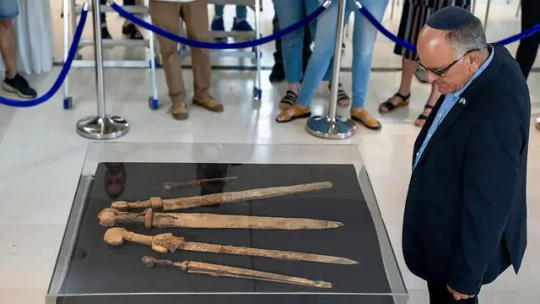
Following the discovery of the swords, archaeologists carried out an extensive excavation of the cave, discovering artifacts from the Chalcolithic period (around 6,000 years ago) and the Roman period (around 2,000 years ago). At the entrance to the cave, researchers found a Bar Kochba bronze coin from the time of the revolt that could help pinpoint the dates when the weapons were hidden.
“This is a dramatic and exciting discovery, touching on a specific moment in time,” said Eli Escusido, director of the Israel Antiquities Authority.
Noting that not all are aware that the dry climatic conditions in the Judean Desert enable the preservation of artifacts that do not survive in other parts of the country, Escusido called the area a “unique time capsule” where it is possible to find “fragments of scrolls, coins from the Jewish Revolt, leather sandals — and now even swords in their scabbards, sharp as if they had only just been hidden away today.”
By Melanie Lidman.
#Four 1900-Year-Old Roman Swords Found in a Judean Desert Cave#Ein Gedi National Park#Judean Desert Survey#Dead Sea#Bar Kochba revolt#roman swords#roman weapons#ancient artifacts#archeology#archeolgst#history#history news#ancient history#ancient culture#ancient civilizations#roman history#roman empire#ancient Israel#Israel history#long reads
361 notes
·
View notes
Text

Mount Sodom is a hill along the southwestern part of the Dead Sea in Israel
21 notes
·
View notes
Text
Scientists have discovered towering salt chimneys, called "white smokers," on the Dead Sea floor. These formations offer clues to geological processes and may help predict sinkholes.
29 notes
·
View notes
Text

havent posted art in a while (busy with friends, school, and projects that dont make for good posting material till theyre finished)
have sword n rocket as kasane teto and miku doodle
9 notes
·
View notes
Text

M A S A D A
151 notes
·
View notes
Text
pspsppssps come get yer' food
we organizing this shit again!
fire dancer tango?
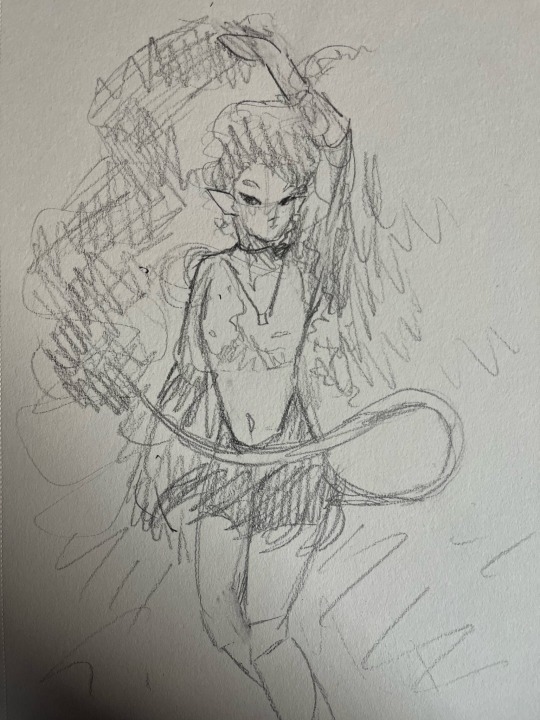
cuteguy going through a midlife crisis
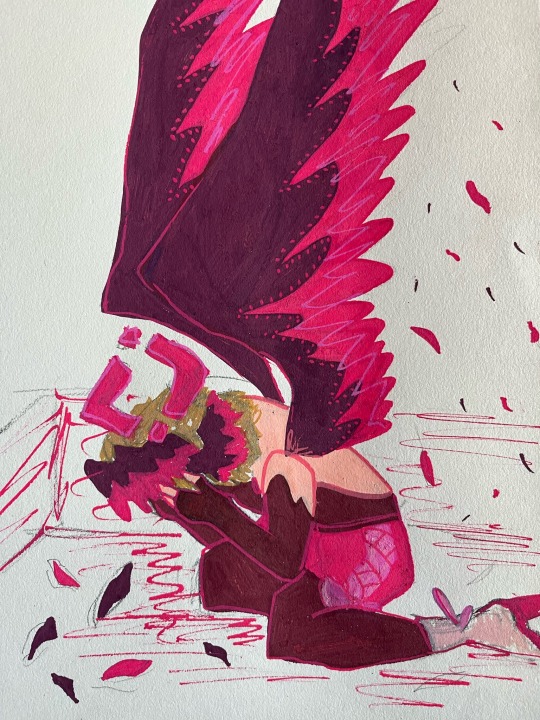
deadsea jhariah...?


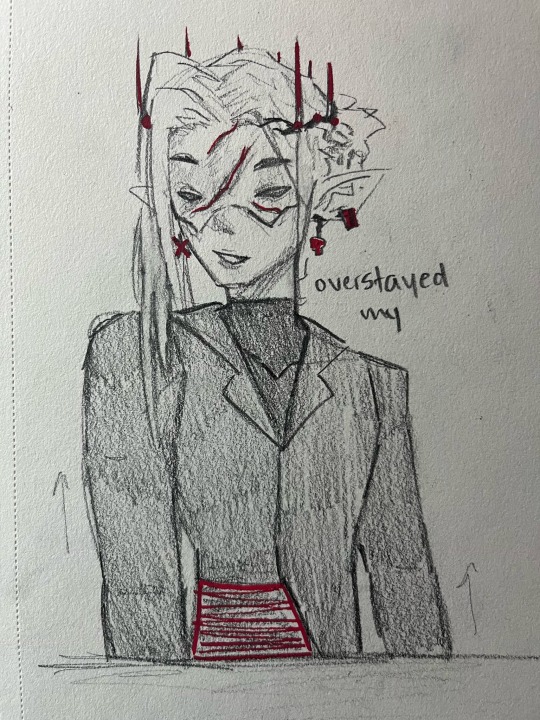
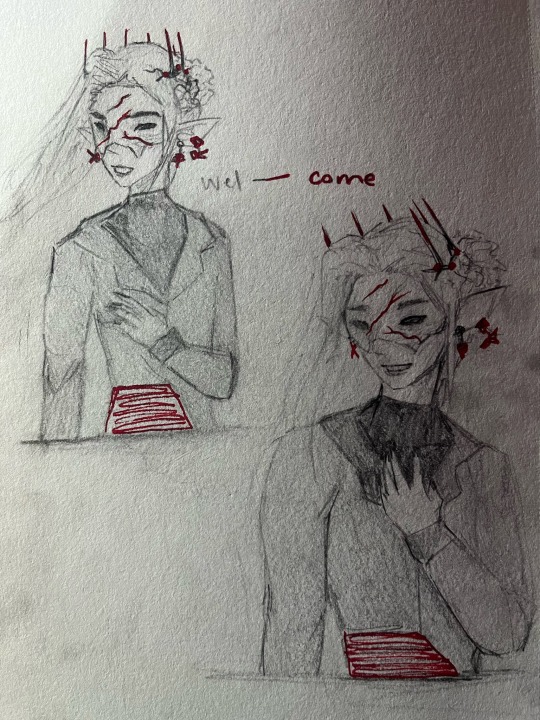
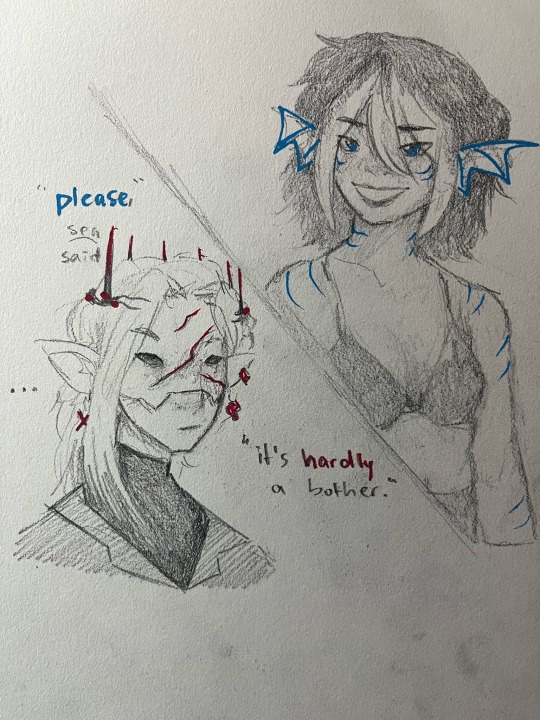

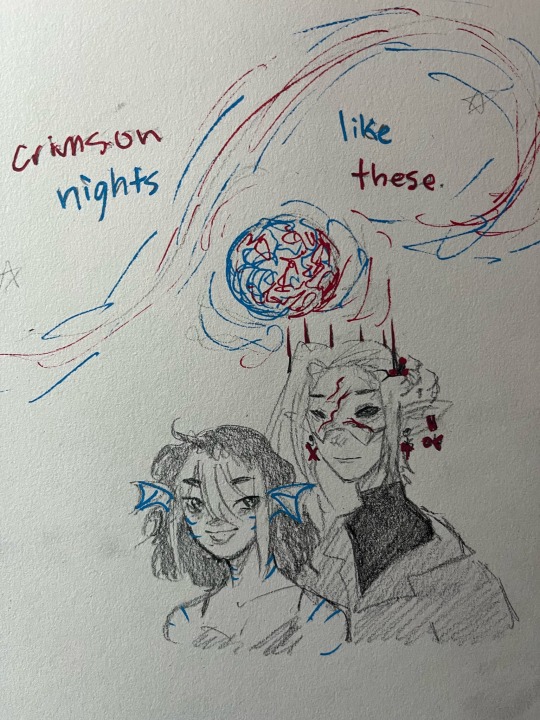
and somebody (mumbo) replaced martyn's soyglass with a.. kaleidoscope?
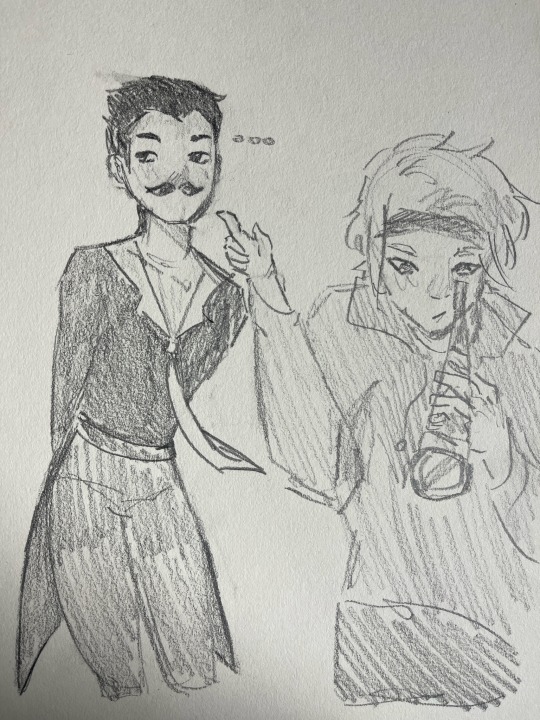
(he pleads not guilty)
#art#ddvau#ddvau mumbo#ddvau cuteguy#ddvau fanart#ddvau martyn#ddvau tango#tangotek fanart#cuteguy fanart#mumbo jumbo#mumbo fanart#mumbo jumbo fanart#martyn inthelittlewood#martyn itlw#martyn fanart#dead sea#sands of life#traffic smp#they're all gremlins your honor#lew and maruu
52 notes
·
View notes